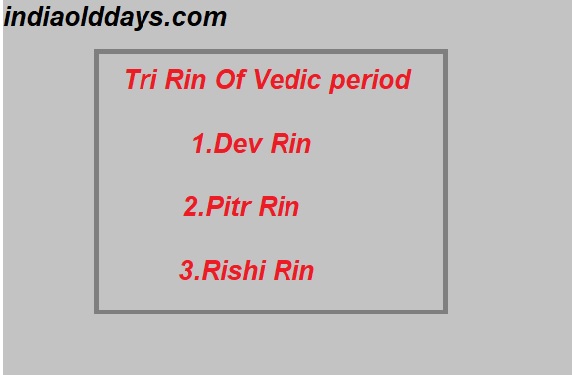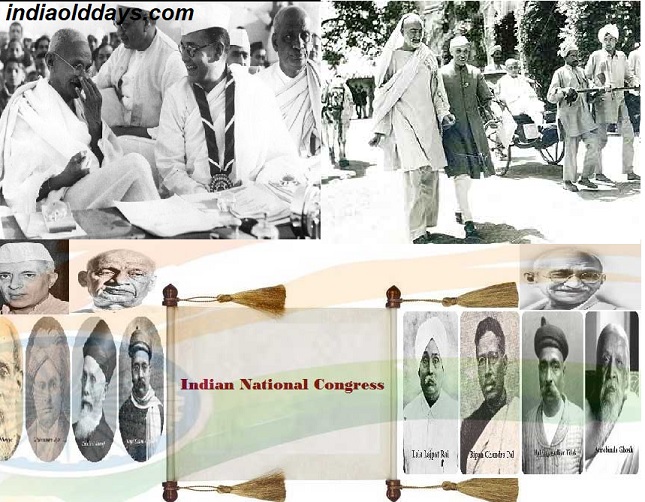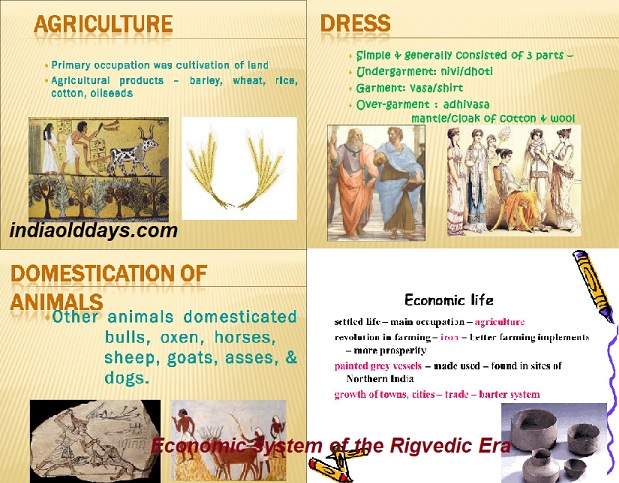Ninth-Tenth caves pictures
The Painting had attained is fullness in the Gupta era. There are very few examples of pre-Gupta Painting. Early images are found on the walls of prehistoric era mountain caves. Paintings are also found on the walls of some cavity-temples. The cave paintings of Ajanta belong to Buddhism. In it, depiction of Buddha and Bodhisattvas is found. Various events in the life of Buddha and scenes from Jataka tales have been abundantly numbered.
By the time of the Gupta period, painters developed their art sufficiently. Famous examples of the history of painting of this era, a place called Ajanta is located in Aurangabad district of modern Maharashtra province.
Twenty-nine caves were made by cutting the rock here. Among them were four Chaityagriha and the rest of the Vihar caves. Paintings has been done on these caves. Following is the description of pictures of cave number 9-10 in these caves.
The paintings of the 9th and 10th caves are the oldest and their time was the first century BCE is determined. The pictures of the ninth cave depict a particular type of Shirovastra or men holding the turban. They have thick garlands around the neck, In which metal sections are worn. There are special type of waistband like jewelry, big-earrings, thick ones in the hands, Those are also called looms. Similar headpieces and ornaments appear in the statues of Bharahut and Sanchi. There is an inscription near the entrance and a state procession is depicted near it.
In it, the king, queen and many men-women are shown. The procession passes through an archway to the stupa, Where the king worships the stupa. Elephants are shown raising the trunk and the stupa is greeted. The scene of Stupa worship is very beautiful. In the tenth cave, stories taken from Saam Jataka and chandat Jataka are inscribed. Elephants are beautiful depicted playing in a veriety of ways. Trees like mango, sycamore, banyan are also depicted. The story of the chandat Jataka is also depicted extremely efficiently. Numerous Buddha figures have been carved on the pillars of the cave. Gandhar style influence is seen on these paintings.
The ninth-tenth caves depictions are the oldest specimens of Indian painting. After this there is a lack of illustration art for almost 300 years. Taranath is of the view that architecture and painting were revived during the Gupta period under the leadership of an artist named Bimbisaar. It is called mid-Country style of art. The ornamentation of this picture is very detailed. The depiction here seems to be of general stature. Tree marking is done specifically in the background of the paintings.
Reference : https://www.indiaolddays.com





